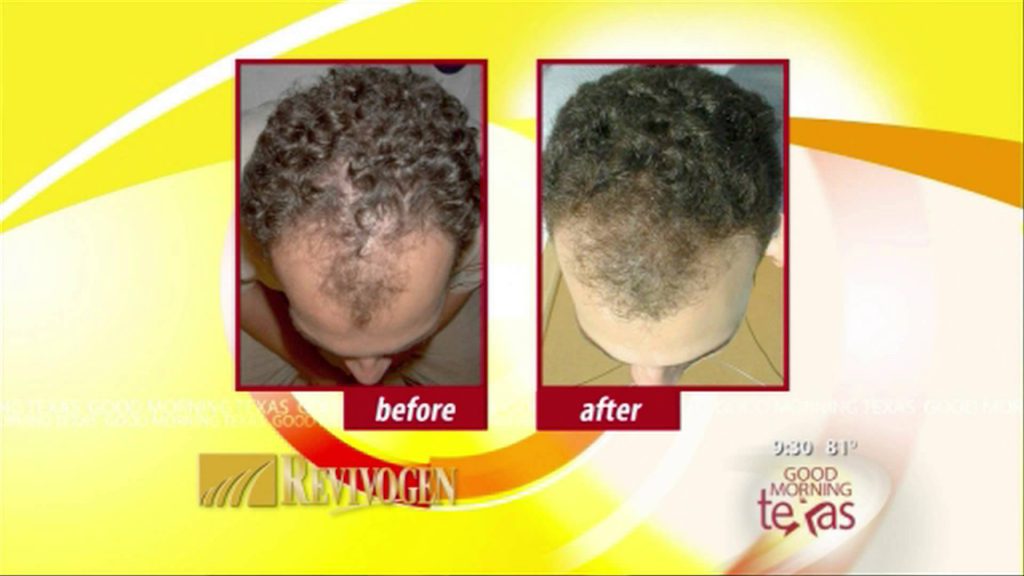Polygonum Multiflorum (Root) for Hair Loss – Does It Work?
Many popular hair loss treatment options today based on the experienced traditional Chinese medicine such as hair restore advanced and shou wu pian contain the “active” ingredient polygonum multiflorum root. It can also be purchased as a standalone supplement in most herbal stores. But the question of whether or not it can effectively treat baldness in men and women with alopecia is still heavily debated. By taking a look at the scientific and traditional evidence available we are able to draw some conclusions as to its potential benefit for those suffering from hair loss, thinning hair and premature greying hair.
What is Polygonum multiflorum?
Polygonum multiflorum is one of the strongest blood tonics used in Traditional Chinese Medicine (TCM), and is an ingredient in many tonic formulas. The Chinese refer to Polygonum multiflorum as “He Shou Wu” after a legend about a “Mr He.” Mr He was an elderly man whose vitality was restored to him after living off of the root of Polygonum multiflorum for many months. Though Mr He’s story is a legend, there is evidence that this root can help in a variety of health conditions associated with aging. 3 Written evidence of the use of He Shou Wu for medicinal purposes can be dated back to 730 AD. Today, Polygonum multiflorum is a common component of many effective TCM formulas and is considered one of the most important tonic herbs in TCM.
What is it used for?
Polygonum multiflorum is most commonly known for its restorative effects on greying hair, hair loss, alopecia and premature aging. It is thought to be helpful as an anti-aging herb due to its nourishing effect on the blood. In Traditional Chinese Medicine weak blood, or blood deficiency, refers to the lack of circulatory nutrients that are supposed to be feeding the tissues of the body. When certain areas of the body become malnourished due to weak blood, degradation and aging can occur. According to TCM Theory, Polygonum multiflorum improves the blood by tonifying the liver and kidney.
The most common indications of formulas that include Polygonum multiflorum as one of the major components include hair loss, lower back pain, weakness of the knee joint, generalised muscular weakness, hemiplegia and paraplegia, palpitations, dizziness, insomnia, hypercholesterolemia and atherosclerosis. Polygonum multiflorum has been shown to have the following actions: anti-aging, immune system enhancer, hypocholesterolemic, laxative, blood sugar level regulator, hepatoprotective, and hematinic. (Reid, T. (2007) Essential Formula: How to achieve outstanding results for your patients using prepared Chinese Medicine. China Books & Periodicals; Australia)
Research Highlights
Similarly to finasteride (the active ingredient in Propecia and Proscar), studies have shown that when taken orally, it may be an effective anti-androgen by lowering dihydrotestosterone (DHT) levels in the body by blocking 5 alpha-reductase enzymes.
In a study forty-eight 30-60 year old men (n=24) and women (n=24) with differing origins of hair loss (age-related, stress- and medication induced, and postpartum) received a standardised extract equivalent to 4g Polygonum multiflorum root twice daily. After 1 month of treatment, 91% of men and 87% of women reported symptomatic improvement. Additionally, none of the study participants reported any side effects during the treatment period.
Side Effects
Polygonum multiflorum is relatively safe to use. The common adverse effects include nausea, vomiting, abdominal distention, and loose bowel movements. These side effects are more commonly experienced with the unprocessed herb (which has been traditionally used as a laxative). The gastrointestinal side effects are less common when the herb is processed.
Conclusions
Based on evidence from scientific studies and its wide use in Tradtional Chinese Medicine, Polygonum multiflorum may help in the reducing hair loss, hair thinning and reversing premature greying hair through its dihydrotestosterone (DHT) lowering and antioxidant activities.
Polygonum Multiflorum (Root) for Hair Loss – Does It Work? by June Edith




